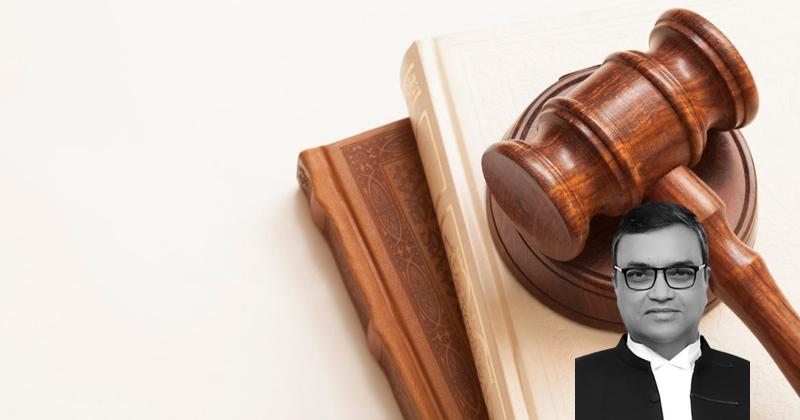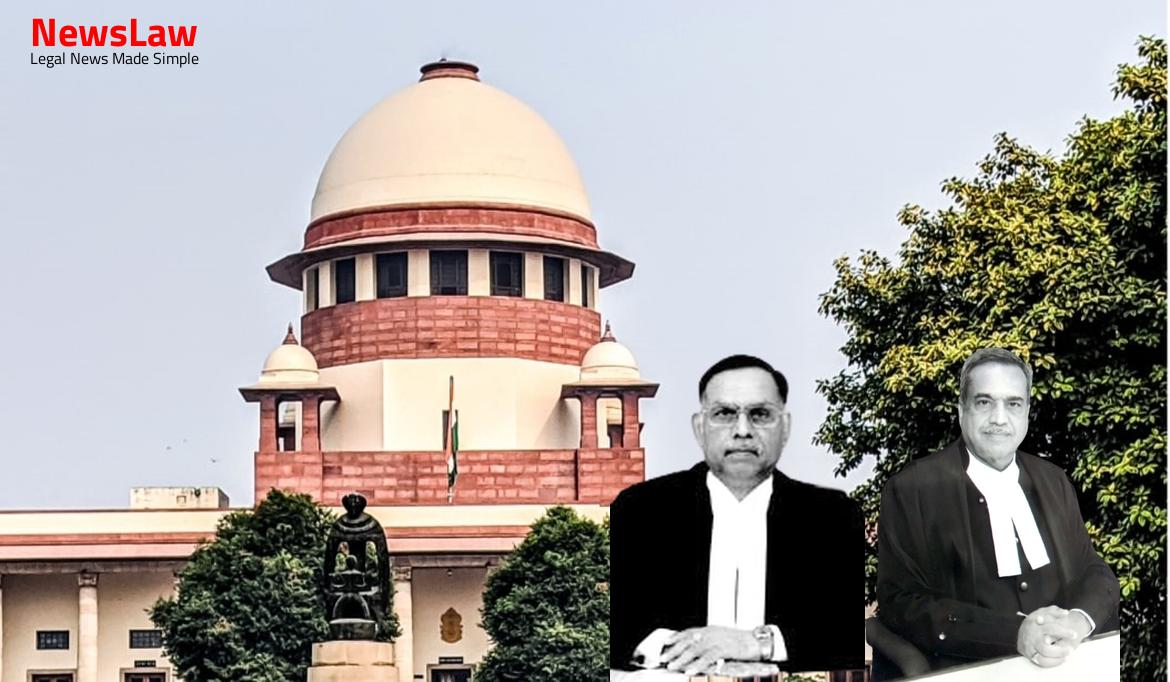Among the said machinery that was installed, it also included the ‘Aquaflex’ brand of machinery from Canada and ‘Gallus-Arsoma’ from Switzerland, which are sophisticated printing machinery.
As per procedure the insurance company appointed a surveyor, M/s Prabha Associates, Mumbai to assess the loss.
The appellant contends, though the surveyor admitted the loss to the tune of Rs.1,81,35,810/- (Rupees One Crore Eighty-One Lakhs Thirty-Five Thousand Eight Hundred Ten only) and the assessment of loss was enhanced further based on the letter dated 13.09.2004 and 07.10.2004, on submission of the report the respondents limited the reimbursement to Rs.16,15,606/- (Rupees Sixteen Lakh Fifteen Thousand Six Hundred and Six Only) by sending a voucher dated 16.05.2005.
The respondents contended that the Engineer could not explain as to how the damage had occurred due to fire.
Insofar as the claim and the assessment of loss to the extent of Rs.2,26,61,376/- (Rupees Two Crore Twenty-Six Lakhs Sixty-One Thousand Three Hundred and Seventy-Six only) it was contended that it is unsubstantiated. The NCDRC, therefore, disposed of the complaint through its order dated 24.02.2015 limiting the relief to the said sum of Rs.16,19,209/- (Rupees Sixteen Lakhs Nineteen Thousand Two Hundred and Nine only) with interest at 12 per cent per annum. The very fact that the respondents have quantified the loss and offered to pay the sum of Rs.16,19,209/- (Rupees Sixteen Lakhs Nineteen Thousand Two Hundred and Nine only) which according to them was the loss/damage to the plant and machinery and other articles would indicate that the only issue which was to be determined by the NCDRC and now by this Court is with regard to the extent of damage caused and the amount of compensation therefore, to be paid and reimbursed by the respondent insurance company under the policy, within the amount of coverage provided therein. It was also observed in the report that the water marks were found on all the machines and metal rollers on ‘Gallus’ and ‘Aquaflex’ machine which was rusted due to the water being sprayed. As regards ‘Aquaflex’ machine, it was indicated that the machine was located very close to the source of fire and it was found that the plastic knobs had partly melted; the electrical wirings had burnt and the main control panel was void of water marks. The respondent, in that background, also sought for a report from the Loss Prevention Association of India Ltd., which on examination by visiting the site on 12.03.2004 along with the Divisional Manager and Development Officer, apart from suggesting remedial measures had noted with regard to considering the bill of damage to the electric cables etc. As per the report dated 06.10.2004, the machine was extensively damaged as a result of fire and could neither be switched on, nor be overhauled/repaired at the site. MTDC vide its report dated 06.01.2005 observed that heavy rusting is not technically feasible within the time span of 4 to 5 hours under conditions of fire and its extinguishment. The Indian Institute of Technology (IIT), Powai in their report had also indicated that the seven conditions necessary for rusting and corrosion did in fact exist. In the said decision, it is no doubt held that though the assessment of loss by an approved surveyor is a prerequisite for payment or settlement of the claim, the surveyor report is not the last and final word.
The surveyor’s report certainly can be taken note as a piece of evidence until more reliable evidence is brought on record to rebut the contents of the surveyor’s report.” In that background, in the instant facts where no oral evidence has been tendered by the parties and ultimately the consideration is based on the reports which are available on record, the nature of the reports and the manner in which the fire accident had occurred and the situation leading to the claim is to be assessed in an objective manner by the adjudicatory forum. Apparently there is no direct decision of this Court on this point as to the meaning of proximate cause, but there are decisions of foreign courts, and the predominant view appears to be that the proximate cause is not the cause which is nearest in time or place but the active and efficient cause that sets in motion a train or chain of events which brings about the ultimate result without the intervention of any other force working from an independent source. However, in a part of the building remote from the fire and untouched thereby, there occurred a disruption by centrifugal force of the flywheel of the engine and their pulleys connected therewith, and by this disruption the plaintiff’s building and machinery were damaged to a large extent.
Hence we cannot agree with the conclusion of the surveyors that the fire was not the cause of the damage to the machinery of the claimant. In such situation, when, due to such accidental fire and to extinguish such fire the assistance of the fire brigade was called for and even as per the report of the surveyor the fire brigade had sprayed water and such other fire extinguishing material over the machinery which was placed in the room which caught fire and the fire brigade has made effort between 8.15 am to 10.30 am, the damage to the machinery has occurred.
The fact that the appellant was a going concern as on the date of the fire accident is not in dispute. In the overall assessment of the instant case, when the accidental fire on 28.02.2004 is the accepted position and in the very report of the surveyor dated 28.03.2005 recording the nature of the damage to the machinery is also the accepted position, a narrow construction as made by the NCDRC is unacceptable.
In this regard, though the claim is made by the appellant for the sum of Rs.5,20,91,724/- (Rupees Five Crores Twenty Lakhs Ninety-One Thousand Seven Hundred Twenty-Four only), the learned senior counsel for the appellant would indicate that the appellant would presently limit the claim to Rs.2,26,61,376/- (Rupees Two Crores Twenty-Six Lakhs Sixty-One Thousand Three Hundred Seventy-Six only).
We are therefore of the opinion that the appellant would be entitled to the amount of Rs.2,26,61,376/- (Rupees Two Crores Twenty-Six Lakhs Sixty-One Thousand Three Hundred Seventy-Six only) minus the sum of Rs.16,19,209/- (Rupees Sixteen Lakhs Nineteen Thousand Two Hundred and Nine only) which was earlier offered by the Insurance Company and was received without prejudice during the pendency of the proceedings, with interest if any that has been received. The same shall be paid within 8 weeks from the date of receipt of a copy of this judgment.
Case Title: M/S SUPER LABEL MFG. CO. Vs. NEW INDIA ASSURANCE COMPANY LIMITED (2023 INSC 538)
Case Number: C.A. No.-003673-003673 / 2015



